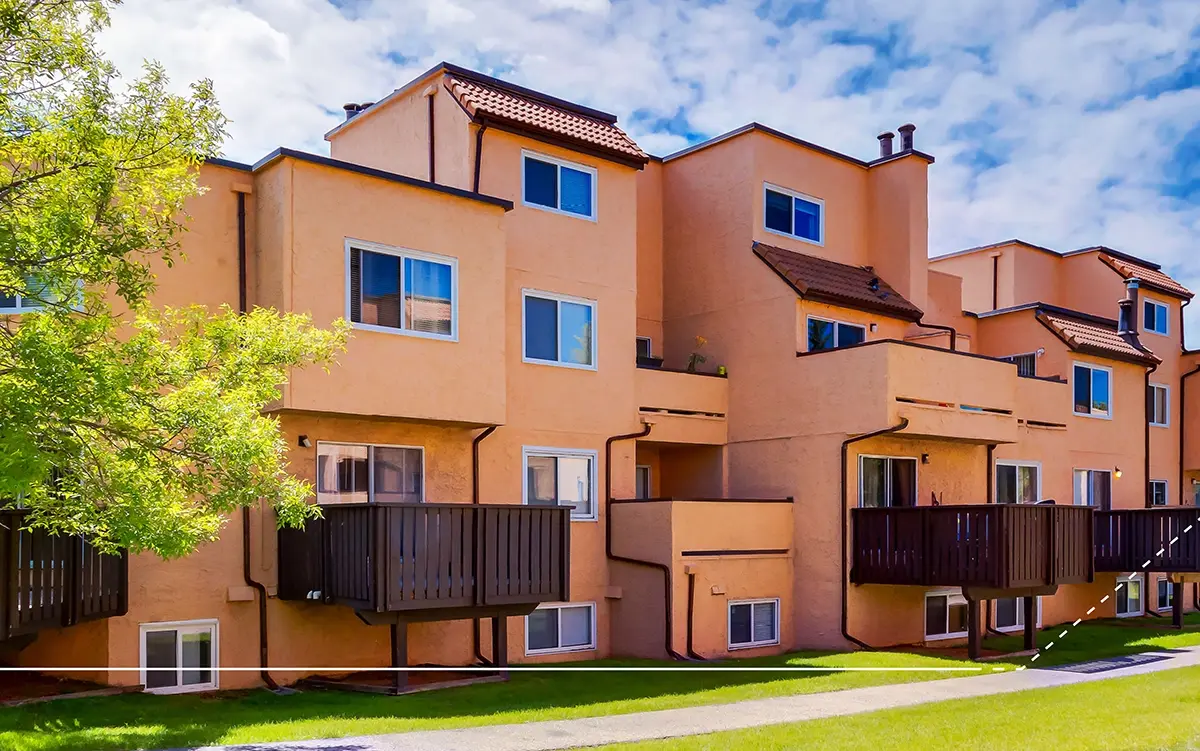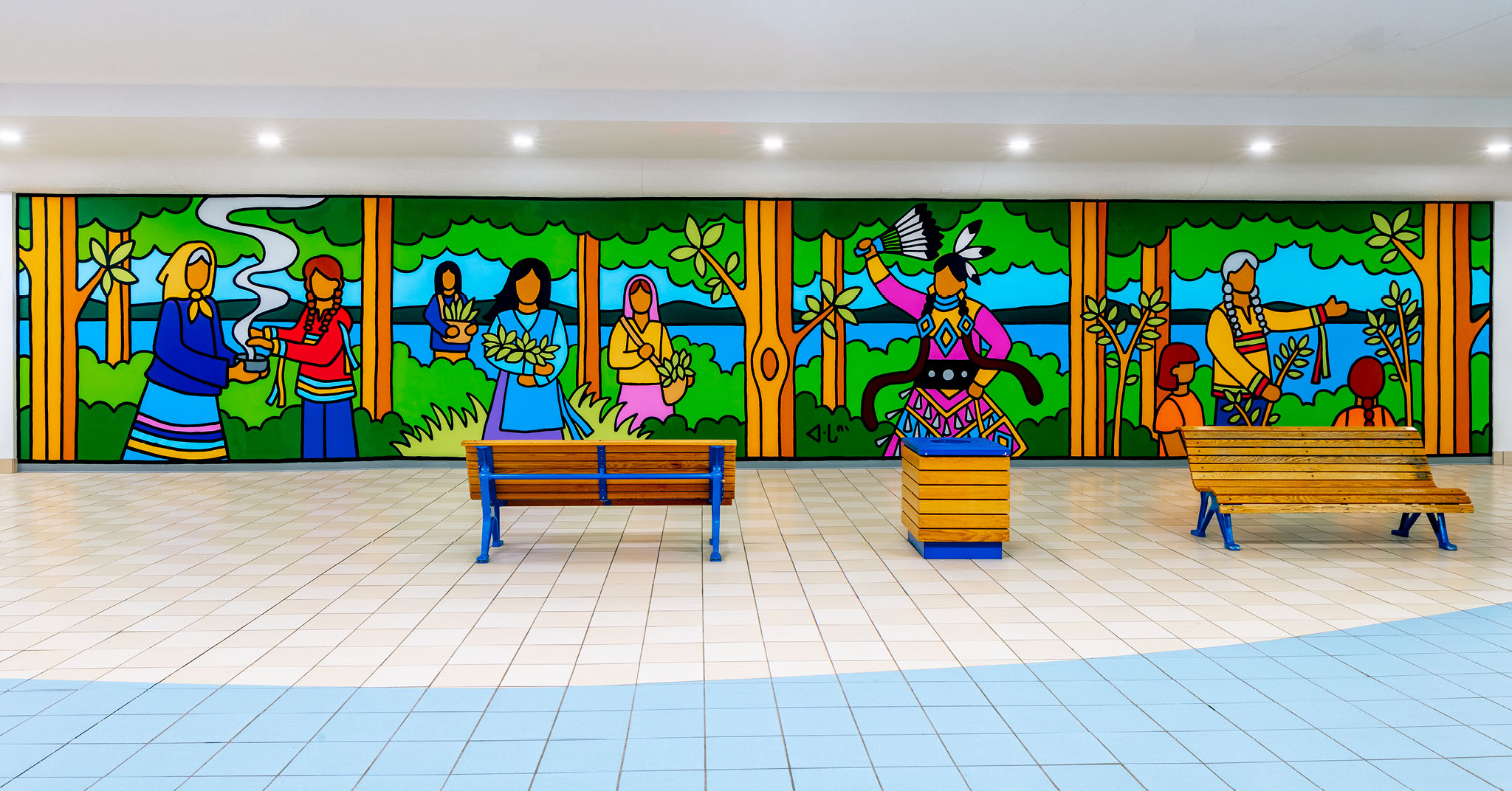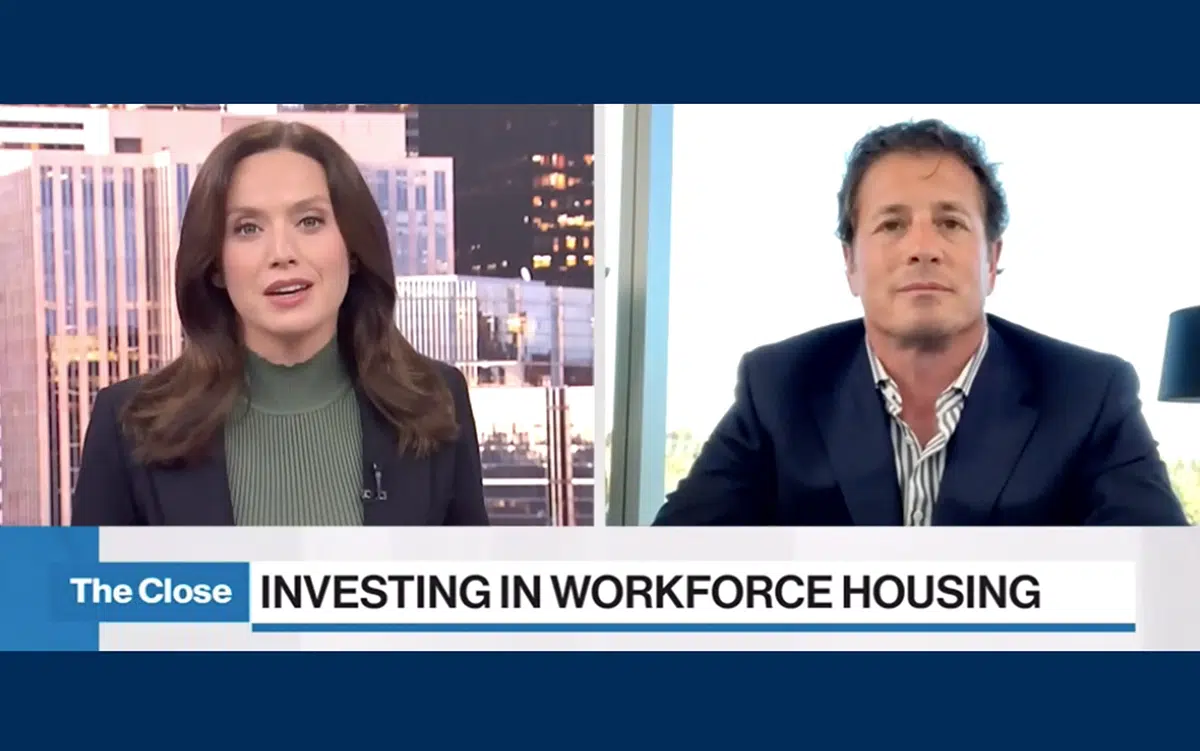In June 2022, Avenue Living and the Canada Infrastructure Bank (CIB) joined forces to commit $162 million towards deep retrofits across our Canadian portfolio. The partnership will fund upgrades to 220 residential buildings, touching approximately 6,700 homes and helping lower the carbon emissions for nearly half of our Canadian portfolio.
As a key pillar of our ESG efforts and overall strategy, Avenue Living has always made responsible and impactful capital improvements — for example, installing a better-insulated roof, higher-efficiency windows, or a new boiler. These energy conservation measures (ECMs) extend the life of the asset and make living spaces more comfortable in summer and winter.
Our portfolio spans a region with some of the coldest weather in North America, and these upgrades help increase energy efficiency. A better-insulated building envelope, for example, keeps the building temperature more even year-round and allows heating and cooling systems to work more effectively. Upgraded high-efficiency HVAC systems, paired with better-insulated building envelopes, help reduce consumption.
In 2020, commercial and residential buildings accounted for 17 per cent of Canada’s GHG emissions (excluding construction and building materials, which pushes the number to 30 per cent). The Government of Canada is committed to reducing carbon emissions to below 45% of 2005 levels by 2030 and reaching net-zero by 2050 — and estimates that, to meet that goal, Canada needs to retrofit 600,000 homes and 750 million square feet of commercial space per year between now and 2040 to meet those commitments.
Avenue Living is doing our part while paving the way to setting a new standard in the multi-family industry. As an open-source advisor and collaborator, we are sharing how these retrofits can benefit investors, residents, and our communities at large. Our partnership with the CIB aims to reduce emissions from buildings in the program by 50 per cent, and pilot projects are already underway.
CHOOSING ENERGY CONSERVATION MEASURES (ECMS)
Retrofitting buildings to create the most energy savings is based on careful analysis, energy audits, and a well-developed strategy for capital improvements. As part of our current acquisition strategy, Avenue Living systematically determines which capital improvements will be the most impactful for each property. Deep energy retrofits are no different.
Before a property can be included in the CIB retrofit program, it must meet Investor Ready Energy Efficiency (IREE) Certification. IREE is a global framework that signals a building has undergone appropriate due diligence and the retrofit projects have been developed by qualified professionals who adhere to a series of protocols for assessing risk, comparing savings, and evaluating opportunities. This third-party certification reduces costs for transactions, capital, and due diligence and increases investor confidence through reliable and consistent projections.
Baselining is essential to determining the viability of any retrofit project, and as part of IREE protocols, our buildings have undergone multiple energy audits. When we examined our portfolio in search of the most impactful ECMs, we discovered our larger properties — those with more than 24 units — presented our best opportunity to reduce GHG emissions. Energy audits have also revealed that wood-frame buildings can be further optimized compared to brick or concrete buildings, which are already quite efficient. In addition, we closely evaluated other aspects of the building’s mechanical operations and construction for ways to increase efficiency — roofs, boilers, and exterior cladding, for example.
“As we were going through the program details, we looked at a number of factors to determine if a building would be a good candidate for upgrades, for example, will the improvements offset enough energy and emissions to be financially viable, or is the building equipment old or inefficient,” says Daniel Klemky, energy manager at Avenue Living. “If building equipment is reaching the end of its useful life, there may be an opportunity for us to modernize that property in a cost-effective way.”
Our retrofits include:
- Upgraded heating, ventilation and cooling (HVAC) systems, which allow us to heat and cool buildings more efficiently and keep temperatures even throughout the property
- An upgraded building envelope and roof, which improves insulation, eliminates the possibility of pipes freezing and improves aesthetics
- Triple-glazed, high-efficiency windows, to reduce heat loss (or gain)
- Low-flow water fixtures, to reduce water consumption and provide a better experience for residents
- LED lighting and more efficient fixtures, for brighter, more effective lighting in common areas
- Solar panels, where applicable, allow properties to generate their own power, reduce consumption, and offset operational costs
Implementing these retrofits requires coordination — and manpower. Our plan has incorporated a phased approach, which allows us to make as many updates as possible without overwhelming the trades in each city. This perfectly illustrates the combined benefit of environmental projects: job creation, and the need for expansion in the sector. Canada’s Green Building Council estimates that by 2030 the opportunities for growth in the green building sector could account for approximately 1.5 million jobs and contribute $150 billion in GDP.
“It is difficult to retrofit multiple buildings in a single market at one time,” says Ward Woolgar, senior vice president, capital investment at Avenue Living. “We’ve planned out our retrofits with projected schedules and dates to make sure we have the tradespeople we need available at each phase to minimize delays.”
The solar project slated for Wetaskiwin Mall, for example, requires extensive work on the roof. “It’s not as simple as just putting solar panels on top of the existing structure,” says Klemky. “There’s a great deal of work that has to happen to the roof first, such as detailed design, structural reinforcement, electrical capacity considerations, and regulatory restrictions.” The mall’s solar retrofit, however, will also account for the biggest reduction in emissions.
BENEFITS BEYOND EMISSIONS REDUCTION
While reducing consumption and emissions is our primary goal, we know that these building improvements have other benefits for residents. As an active property manager, we recognize that happy residents stay in their homes for longer, and these upgrades will enhance the comfort and livability of their rentals. Studies show North Americans spend approximately 90 per cent of their time indoors, so air quality, temperature, and lighting are more important than ever.
These renovations require minimal disruption to residents’ lives or schedules, and in most cases happen outside the suites. Although retrofits like window replacement or upgrading water fixtures do require apartment entry, these jobs can be completed in just a few hours, like any regular maintenance task. That said, any construction work in a building has an impact on its occupants, and we’ve developed a plan to communicate with our residents early and often to ensure they understand the work schedule.
“These updates will have a noticeable effect,” says Woolgar. “For example, our upgrades to HVAC systems will mean there’s more even heating throughout the building, so we’ll avoid the problem with overheated hallways and common areas that a lot of apartment buildings have. New windows and fixtures will also mean residents can enjoy more even temperatures in their suites, better water flow and lighting, and improved aesthetics.”
A GREENER FUTURE FOR MULTI-FAMILY
The United Nations estimates that 80% of the buildings in cities today will exist in 2050. Reducing emissions through deep-energy retrofits is key to ensuring Canada — and the world — meets sustainability targets. For Avenue Living, the benefits of this retrofit project are very close to home: we see these retrofits as an opportunity to demonstrate to the industry what is possible. We aim to create a portfolio of properties that provide residents with safe, affordable, comfortable, and modern homes — ones that are well-equipped for a low-carbon future.
This commentary and the information contained herein are for educational and informational purposes only and do not constitute an offer to sell, or a solicitation of an offer to buy, any securities or related financial instruments. This article may contain forward-looking statements. Readers should refer to information contained on our website at https://avenuelivingam.wpenginepowered.com/forward-looking-statements for additional information regarding forward-looking statements and certain risks associated with them.






